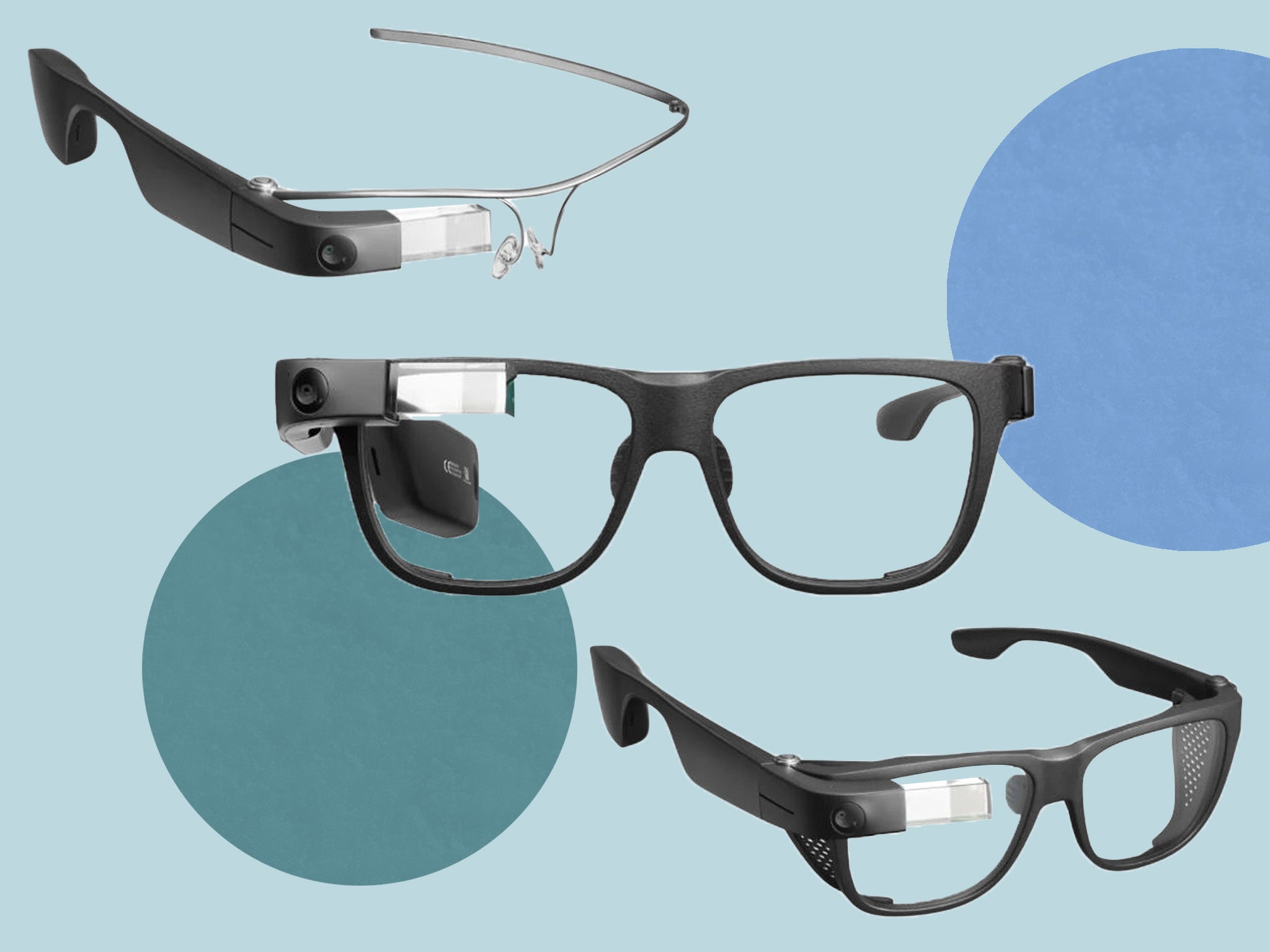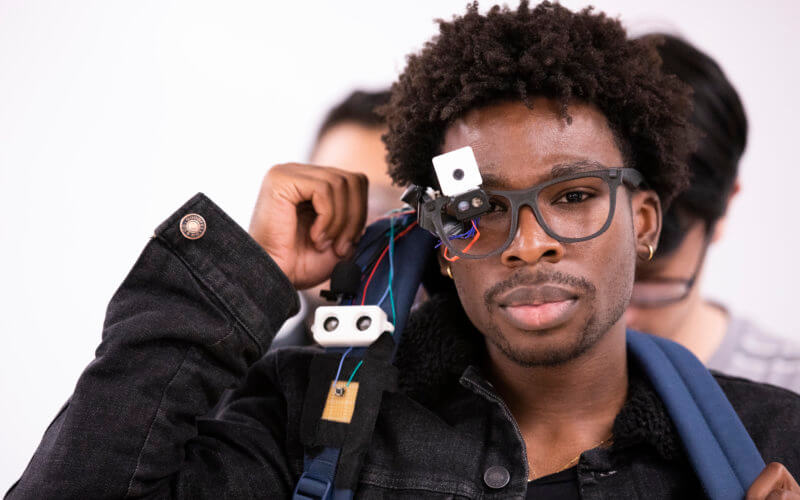Mobility Aids for Visually Impaired Users: Enhancing Independence and Navigation
Enhancing Availability With Assistive Technology for the Blind
The assimilation of assistive technology for the blind represents a crucial development in access, basically changing just how people browse their settings and involve with society. As we explore the diverse kinds of assistive tools and their tangible effects on everyday living, it comes to be essential to check out just how continuous technological developments are reshaping the landscape of assistance for the blind community.
Summary of Assistive Innovation
Assistive modern technology describes a variety of gadgets and software program developed to enhance the capabilities of individuals with handicaps, including those who are blind or aesthetically damaged. This technology plays an important function in promoting independence and improving the quality of life for users. By providing different techniques for accessing info and performing daily jobs, assistive innovation encourages people to navigate their atmospheres better.
The advancement and implementation of assistive technology accept a range of principles focused on promoting ease of access. These principles consist of user-centered layout, which prioritizes the needs and choices of the individual, and the assimilation of innovation into day-to-day activities. Such innovations make certain that assistive tools are not only practical but additionally user-friendly and simple to use.
In addition, assistive innovation includes a diverse spectrum of services, from low-tech options like magnifiers to sophisticated innovations such as screen visitors and Braille screens. The ongoing advancement of this field is driven by the demand to resolve the one-of-a-kind obstacles faced by people with aesthetic impairments (Wearable technology for low vision). As innovation remains to development, the potential for improving access and advertising inclusivity stays appealing, ultimately adding to a much more fair culture

Types of Assistive Devices
Countless types of assistive gadgets are available to sustain people that are blind or aesthetically impaired, each made to deal with details needs and challenges. These tools can be generally categorized into 3 major kinds: low-tech, mid-tech, and high-tech services.
Low-tech gadgets consist of items such as magnifiers, Braille labels, and tactile maps. These are relatively straightforward devices that enhance the user's ability to communicate with their atmosphere without needing complicated modern technology.
Mid-tech tools typically entail advanced functions, such as electronic magnifiers and portable Braille note-takers. These gadgets can offer performances like speech result, allowing customers to gain access to details much more successfully.

Influence on Daily Living
The schedule of various assistive tools considerably boosts the high quality of life for individuals that are blind or visually damaged, impacting their everyday living in profound methods. By incorporating modern technologies such as screen readers, Braille presents, and audio summary services right into their regimens, customers get greater freedom and independence. These tools facilitate access to details, allowing people to carry out everyday tasks, such as checking out emails, browsing public rooms, and enjoying media content.
Additionally, assistive tools empower individuals to engage even more totally in social interactions and community tasks. The capability to make use of smart devices geared up with access features permits smooth communication and link with others. This connection cultivates a sense of belonging and minimizes sensations of seclusion.
In expert setups, assistive modern technology sustains productivity by enabling people to total work tasks effectively. Tools like voice acknowledgment software program and specialized magnifying gadgets enable individuals to take part in the workforce on equivalent ground with their sighted peers.

Developments in Innovation
Recent technical improvements have significantly changed the landscape of devices offered for individuals who are blind or visually damaged. The integration of man-made intelligence (AI) and artificial intelligence has actually provided increase to applications that enhance navigating and things acknowledgment. Mobile phone applications can now utilize AI to identify and describe environments in real-time, offering customers with valuable contextual details.
Additionally, improvements in haptic technology have led to the growth of smart walking canes furnished with sensors that find challenges and provide responsive feedback. This encourages users to browse their atmosphere with increased confidence and freedom. Additionally, technologies in text-to-speech software application and braille displays have improved the availability of digital material, permitting seamless communication with numerous media.
Wearable technologies, such as wise glasses, are additionally making strides in aiding visual problems. These tools can offer enhanced truth experiences, superimposing crucial info go onto the customer's field of view. Collectively, these developments not only boost the lifestyle for individuals that are blind yet additionally advertise better incorporation in society. As innovation remains to progress, the possibility for much more transformative devices continues to be on the perspective.
Future Trends and Innovations
As innovation swiftly progresses, the future of assistive devices for individuals that are blind holds enormous assurance. Technologies in synthetic knowledge (AI) and artificial intelligence are positioned to transform the way blind users engage with their atmospheres. AI-driven applications are being established to boost object acknowledgment, allowing individuals to identify and navigate their environments with higher simplicity and precision.
Furthermore, improvements in haptic feedback technology are allowing the production of responsive maps and navigating help that give real-time info with touch. These technologies not only improve movement however likewise foster self-reliance. In addition, wearable devices equipped with augmented truth (AR) functions are emerging, supplying customers aesthetic details via sound summaries, therefore linking the void in between the physical and digital worlds.
In addition, the integration of smart home innovation presents new opportunities for ease of access, allowing individuals to control their living environments through voice commands or smartphone applications. As cooperation in between technology designers and the blind neighborhood continues, the focus on user-centered style will certainly make discover this info here sure that future developments are customized to fulfill the special needs of this populace (Wearable technology for low vision). The trajectory of assistive innovation promises an extra comprehensive and empowering future for individuals that are blind
Final Thought
Finally, assistive technology plays an important role in enhancing access for people with visual problems. The varied range of devices, consisting of screen readers and clever walking sticks, considerably boosts everyday living and fosters independence. Continual developments in modern technology and user-centered layout make sure that these tools provide effectively to the one-of-a-kind requirements of the blind community. As advancements progress, raised inclusivity and empowerment can be expected, eventually enriching the lifestyle for those affected by aesthetic retina scanner impairments.
The integration of assistive technology for the blind represents an essential improvement in access, fundamentally changing just how people navigate their environments and involve with culture.Assistive modern technology refers to a range of devices and software application made to boost the capabilities of individuals with specials needs, consisting of those that are blind or visually impaired. Wearable technology for low vision.As innovation quickly advances, the future of assistive devices for people who are blind holds enormous pledge. The trajectory of assistive modern technology assures an extra empowering and comprehensive future for people that are blind
In verdict, assistive modern technology plays a crucial role in enhancing access for people with aesthetic disabilities.